What Does The Term ‘Clean Beauty’ Even Mean? We Investigate
Hear that? It’s the sound of change. Slowly but steadily, consumers are becoming more aware of the products they put on their skin – and, importantly, the ingredients that comprise them. Is it possible to get high performance skin care without the hidden nasties?
1938. That’s the year that the US Government passed major federal legislation outlining the ingredients that were too dangerous for cosmetic use. Just 30 ingredients made the banned or restricted list and it hasn’t been updated since. In stark contrast, the European Union isn’t taking any chances; its banned list encompasses over 1,300 chemicals. In real-world terms, this means that formaldehyde – a known carcinogen that is banned in the EU – can be found lurking in US-made nail polish and hair straightening products. Have I got your attention yet?
Closer to home, the rules aren’t as cut and dry. Australian cosmetics are regulated by the National Industrial Chemicals Notification and Assessment Scheme (NICNAS), a division of the Department of Health and Ageing. Rather than having a banned list, we have an allowed list of over 40,000 chemicals.
The Australian Competition and Consumer Commission (ACCC) requires that brands comply with strict labelling requirements so that consumers can make informed decisions about their personal care products and steer clear of anything that doesn’t agree with them.
A question for you: when was the last time you flipped over your favourite bottle of moisturiser to read the ingredient list – just to double check what is hiding within?

It’s Cool To Care
Biossance, a relatively new brand out of San Francisco, are taking matters into their own hands. Where local legislation requires them to omit or reduce 30 ingredients, they’ve chosen to blacklist over 2,000. “We’ve identified thousands of ingredients that we dub as toxic,” says Biossance president, Catherine Gore. “We have put that list through the most rigorous of tests.”
“At the end of the day, it begins and ends with the ingredients inside the product. [As consumers] you have to become knowledgeable and well-versed on those ingredients and do the homework on your own.”
Down To Earth
Does this mean we should all switch to 100 per cent natural skin care? Not necessarily, says Ramya Viswanathan, senior product development manager at Biossance: “Poison ivy is natural but it’s not something you want to put on your skin.”
“Natural doesn’t always mean clean and I think that is important to note,” Viswanathan further explains. Oftentimes, sourcing natural ingredients is beneficial to both skin and the farmers who grow them. However, harvesting plants en masse can place undue pressure on the planet – such is the case with sandalwood, which is at risk of extinction due to global demand and overharvesting. Similarly, thousands of sharks are killed per year for their squalene oil – a natural moisturising agent (more on that, later).
This article originally appeared in the Summer 2020 issue of Gritty Pretty Magazine. To continue reading, click below.


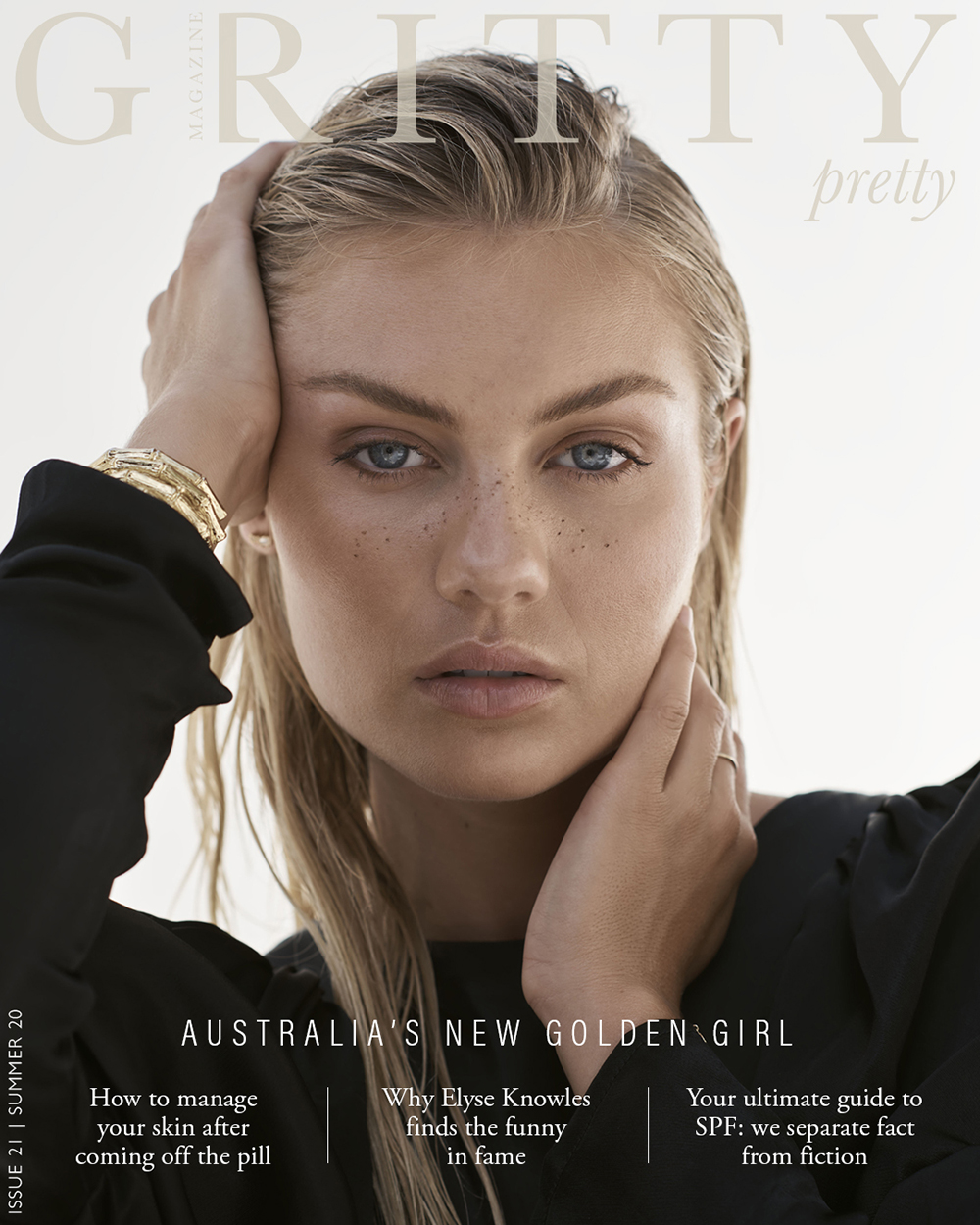


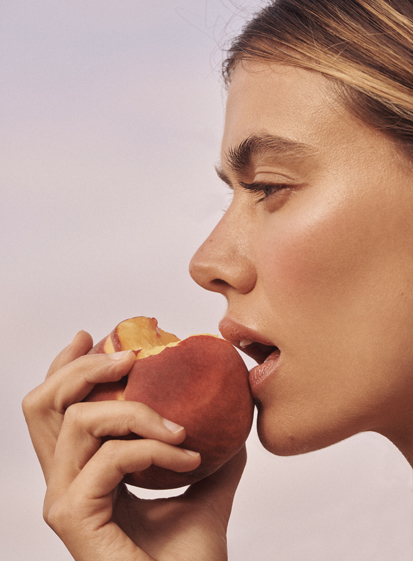
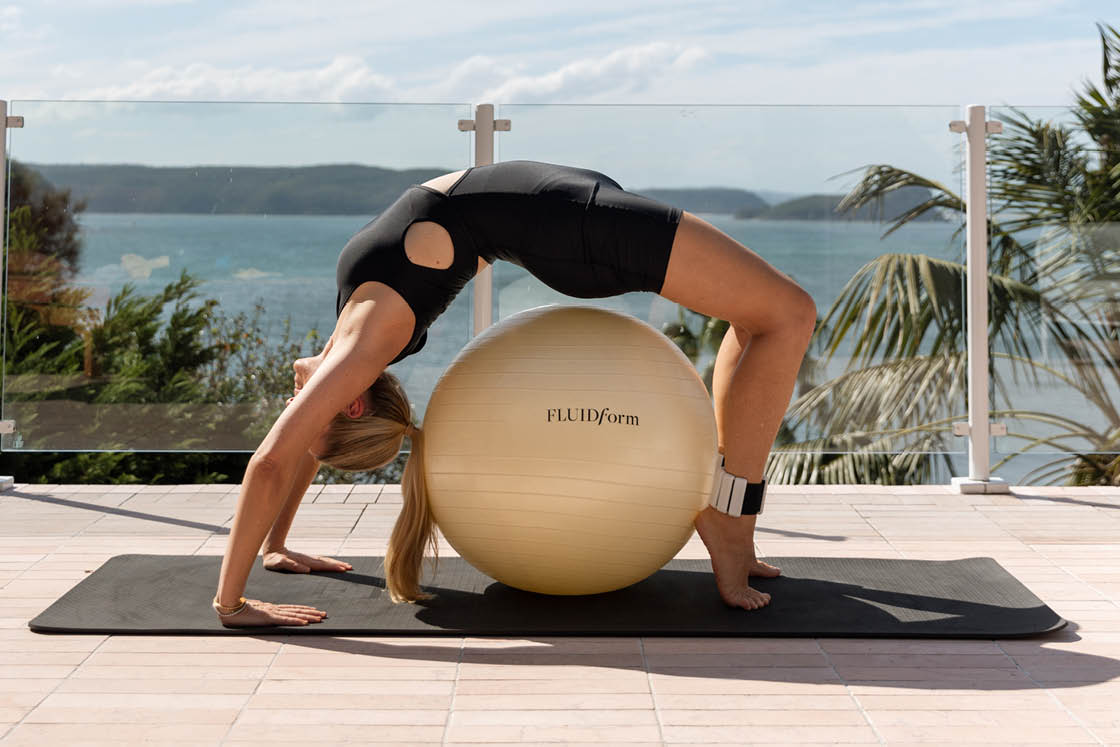
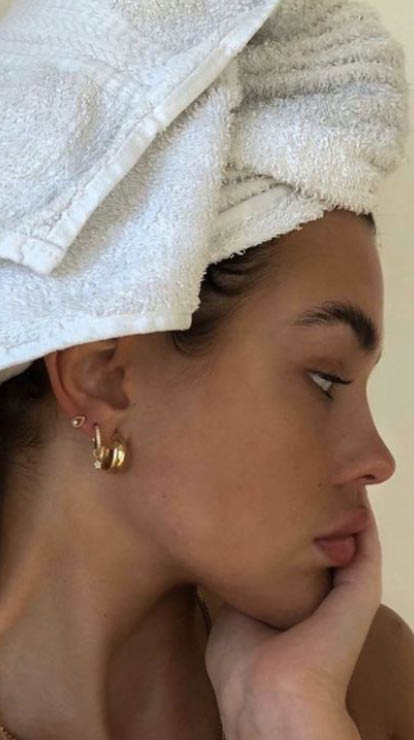
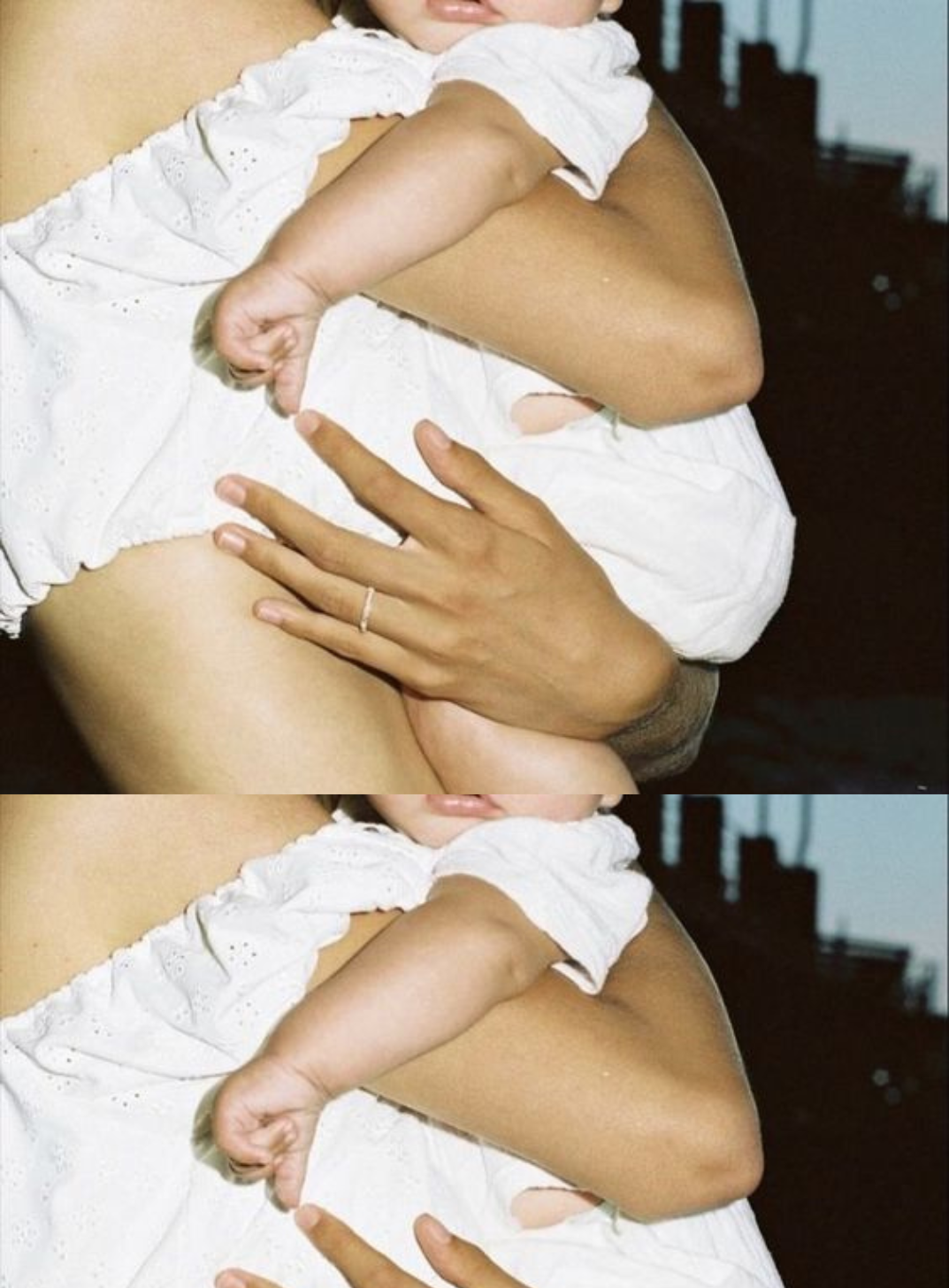
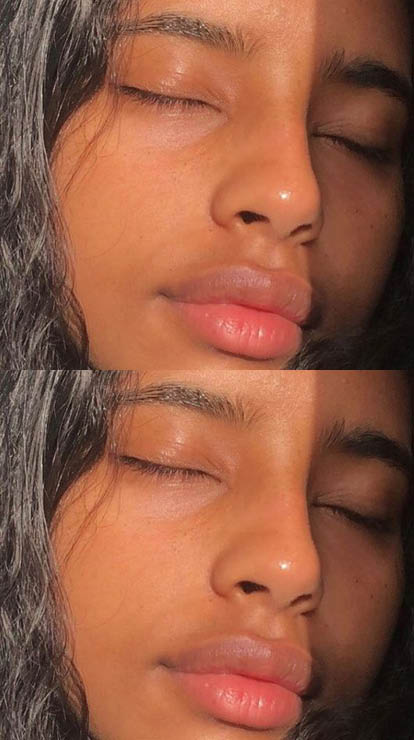
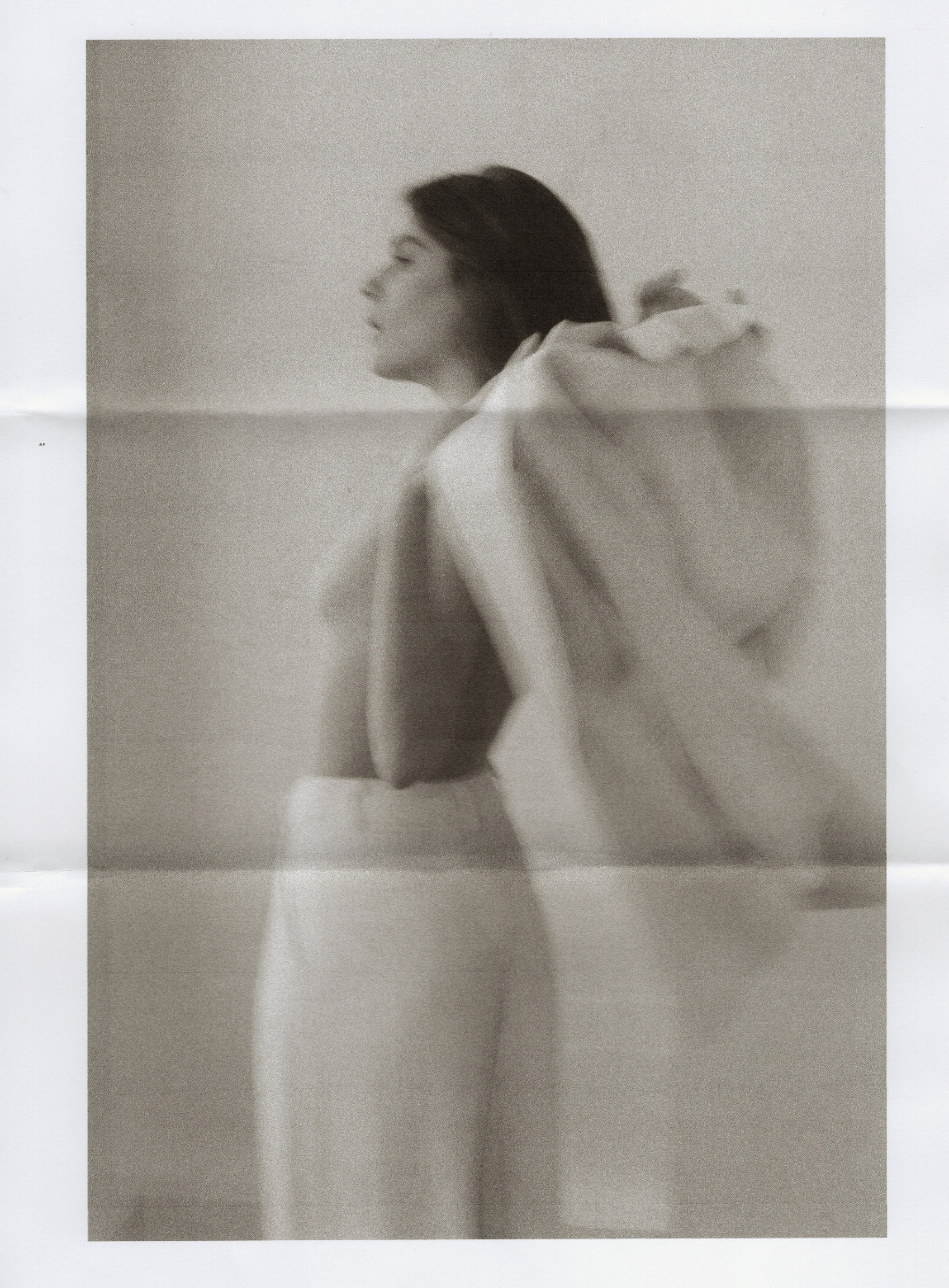
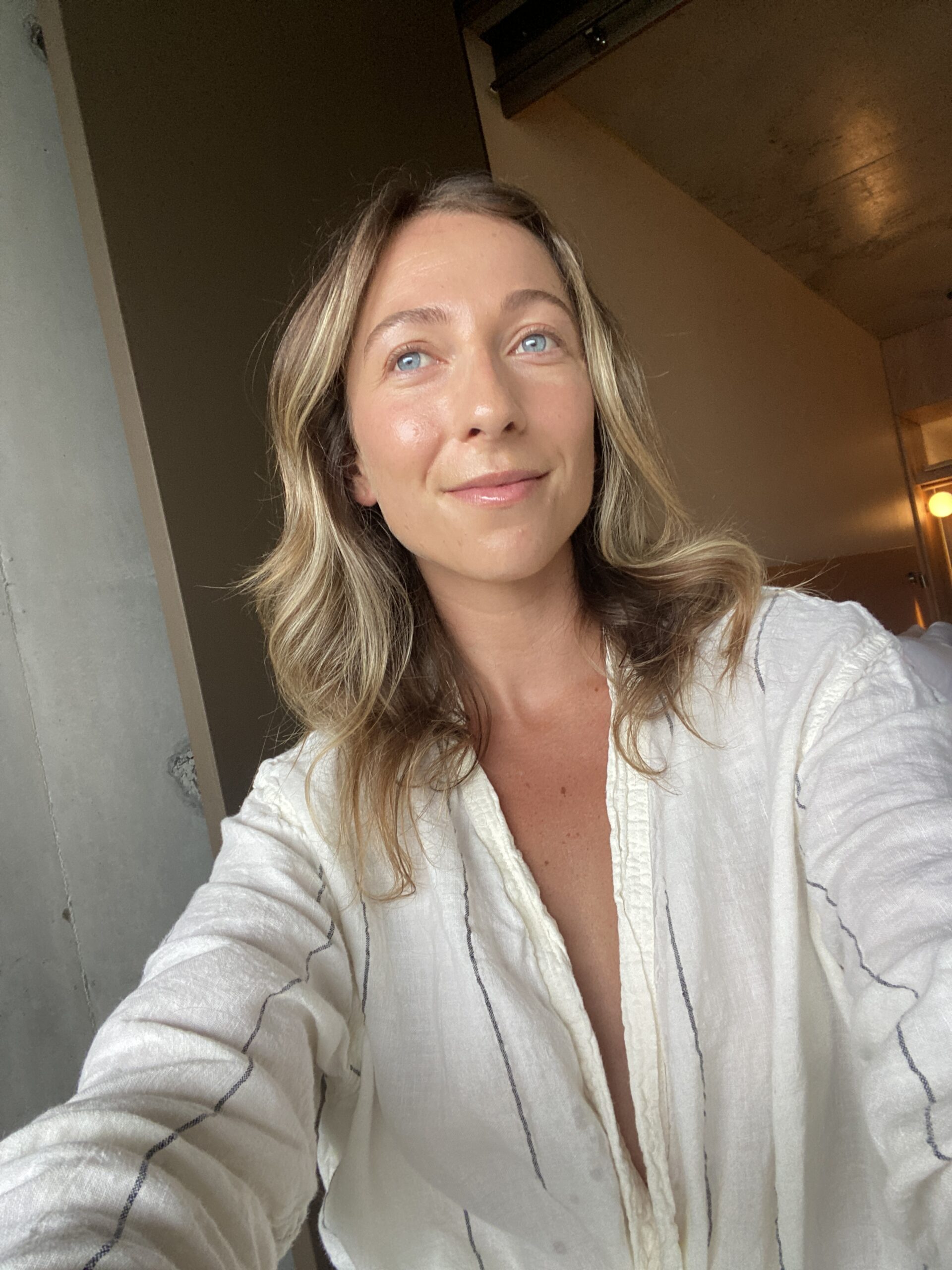
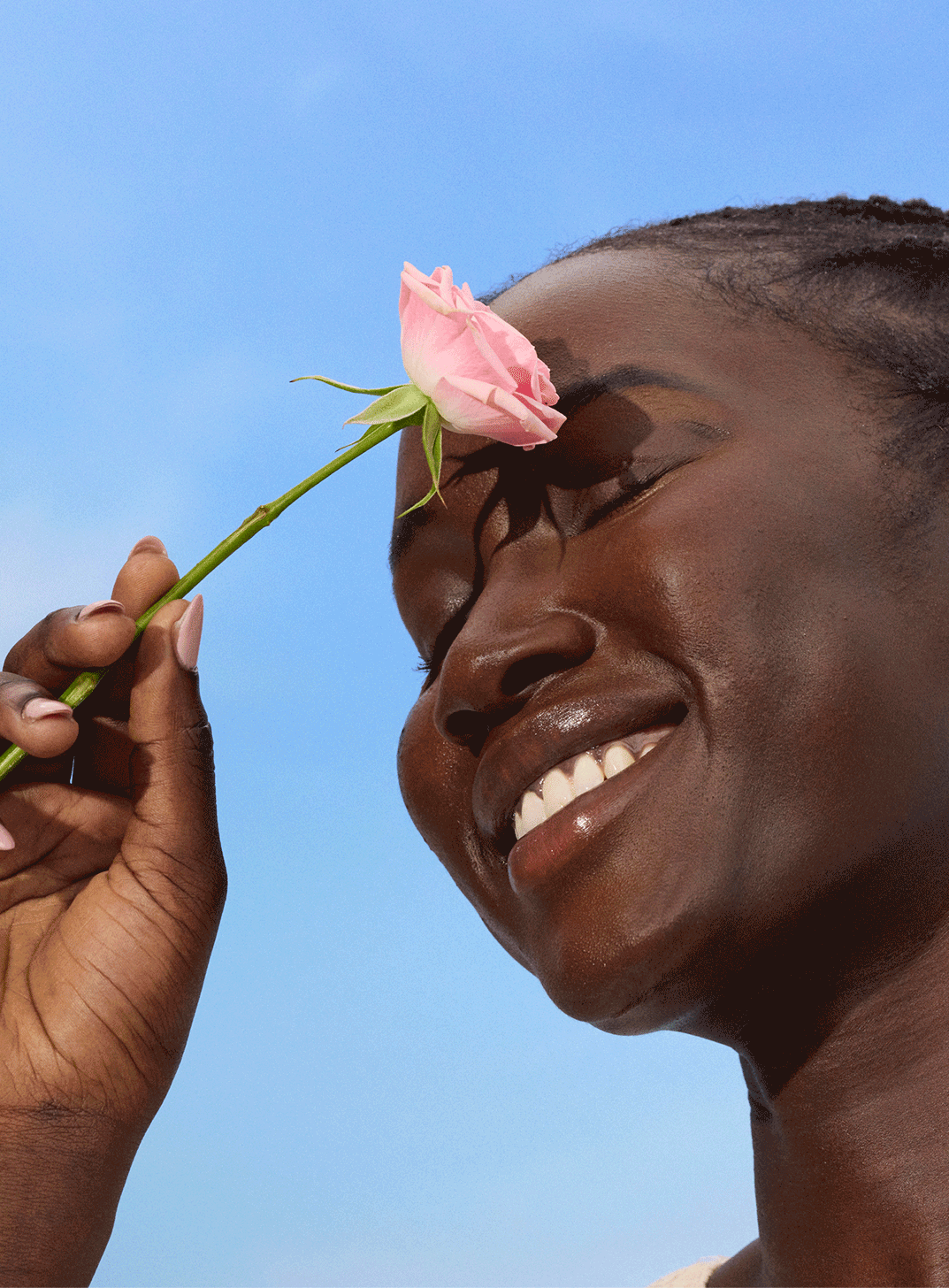
Comments